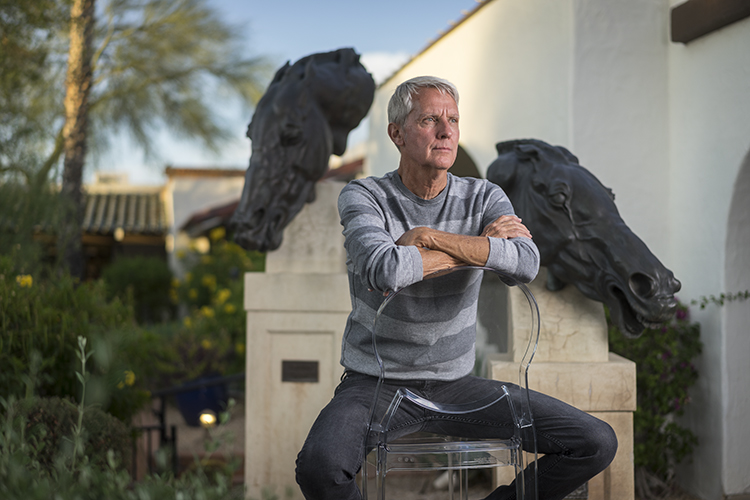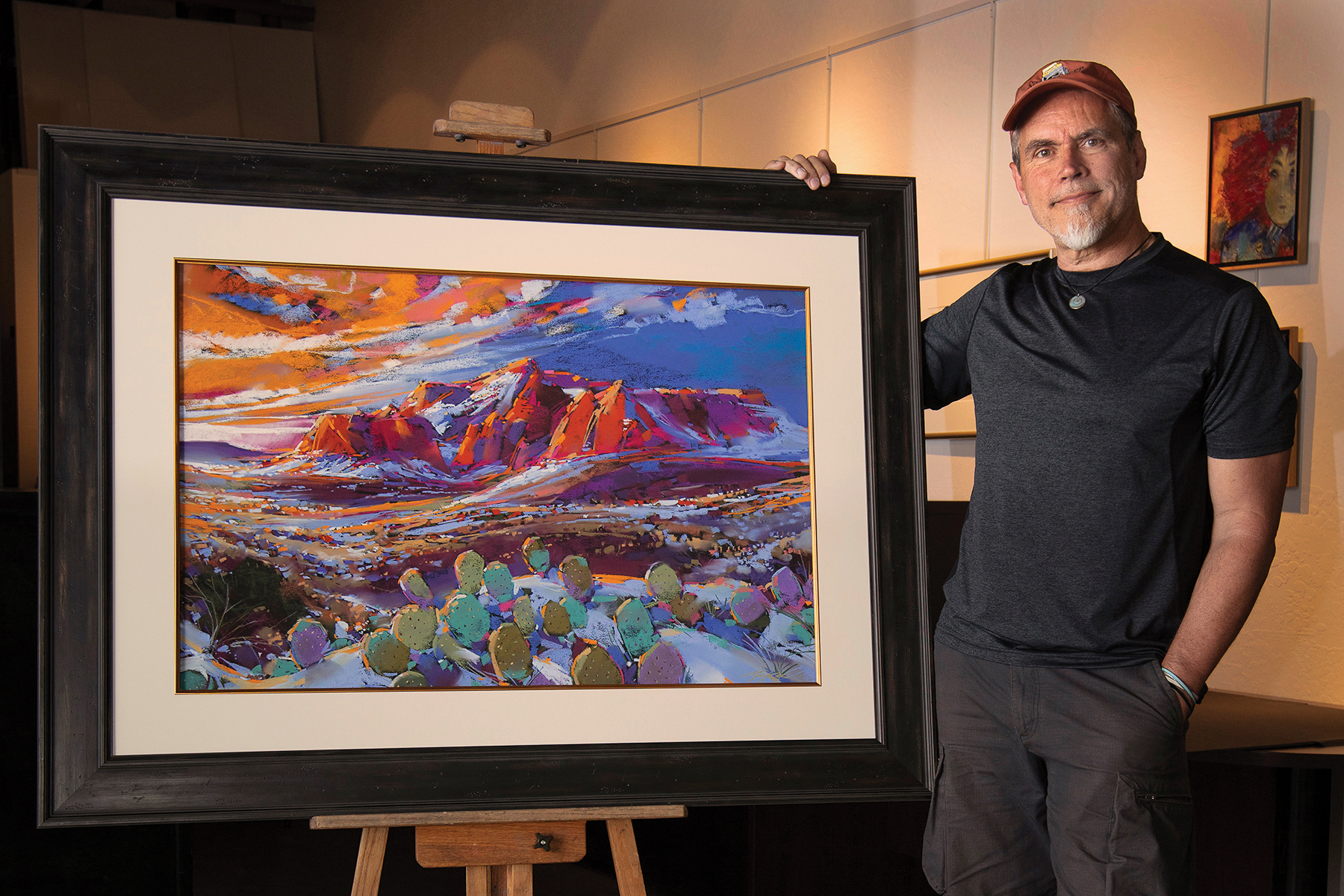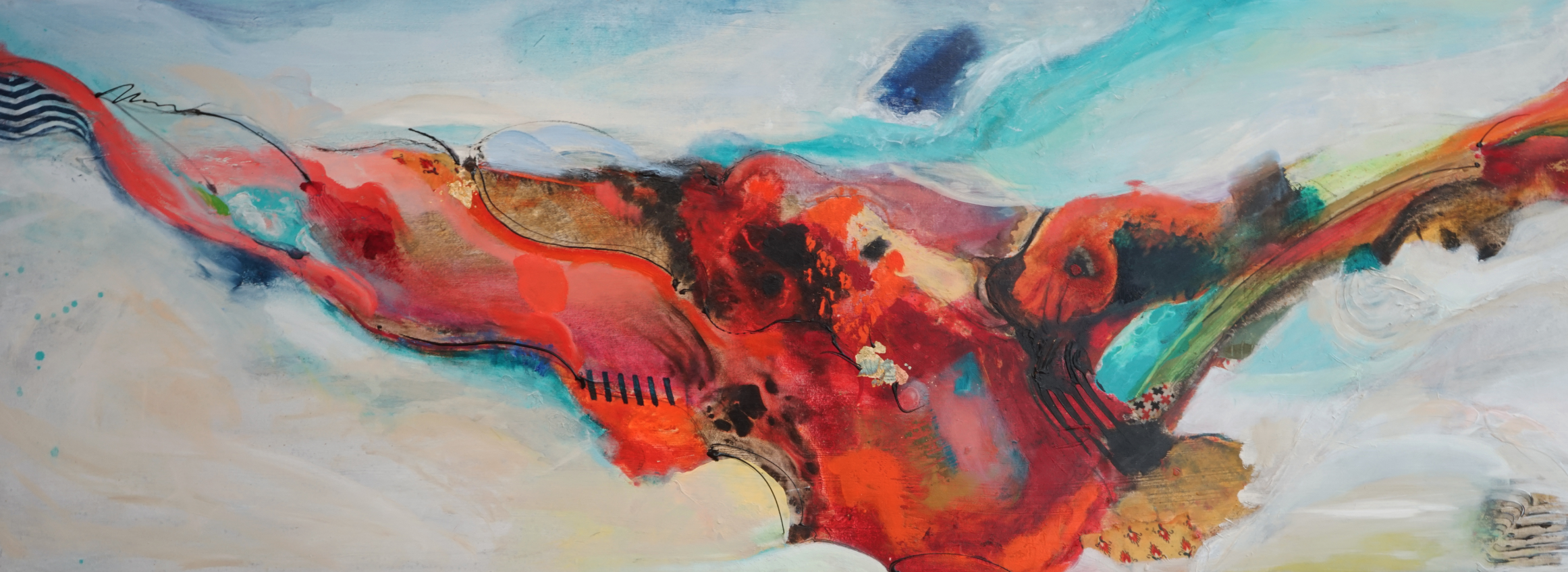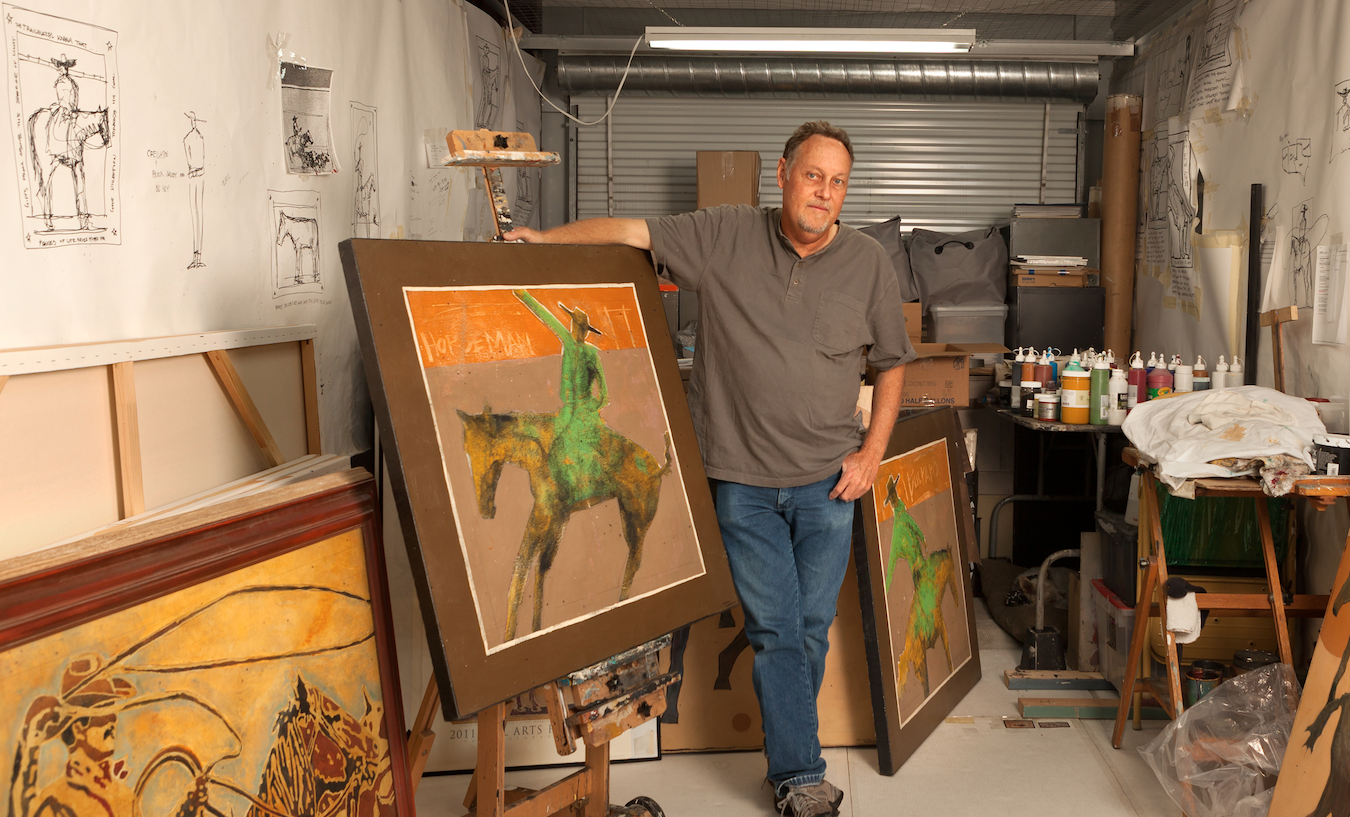Writer Amanda Christmann Photography by Carl Schultz [dropcap]I[/dropcap]n a quiet corner of Carefree, the knowing
Tag: michael
When Michael Phelps’ mother first enrolled him in swim classes at a local aquatics center in his hometown of Baltimore, Maryland, he didn’t take to it like a fish to water. In fact, he was so afraid to get his face wet that his teacher started him on his back to foster a better sense of comfort in the water. From that shaky beginning, the rest is Olympic history.
When Michael McKee is painting, he is in the moment. Much like a jazz musician who improvises while playing a song, McKee relies on his intuition to guide him with every stroke of pigment as he creates colorful, bold, contemporary pastel abstract and landscape paintings.
The concept of yin and yang is a theory of opposites. Everything has a darkness (yin) and a light (yang), and one cannot exist without the other. For night, there is day; for cold there is heat; for birth there is death; and for masculine there is feminine.
In the early 1960s, on a 320-acre farm outside Knob Noster, Missouri, Anne Fay Swearngin cared for her grandson while doing the laundry. Without indoor plumbing, it was a time-intensive task and she feared that, unless the boy was thoroughly occupied, he might wander off and fall into the farm’s 160-foot-deep well. She handed him a bit of chalk and some crayons.
Michael P. Johnson has presence. It’s not the fact that his 6-foot, 4-inch frame makes him tower over most of his friends or his distinct mane of long white hair that makes him stand out in a room; Johnson has a distinctive energy about him that isn’t seen so much as it is felt.







